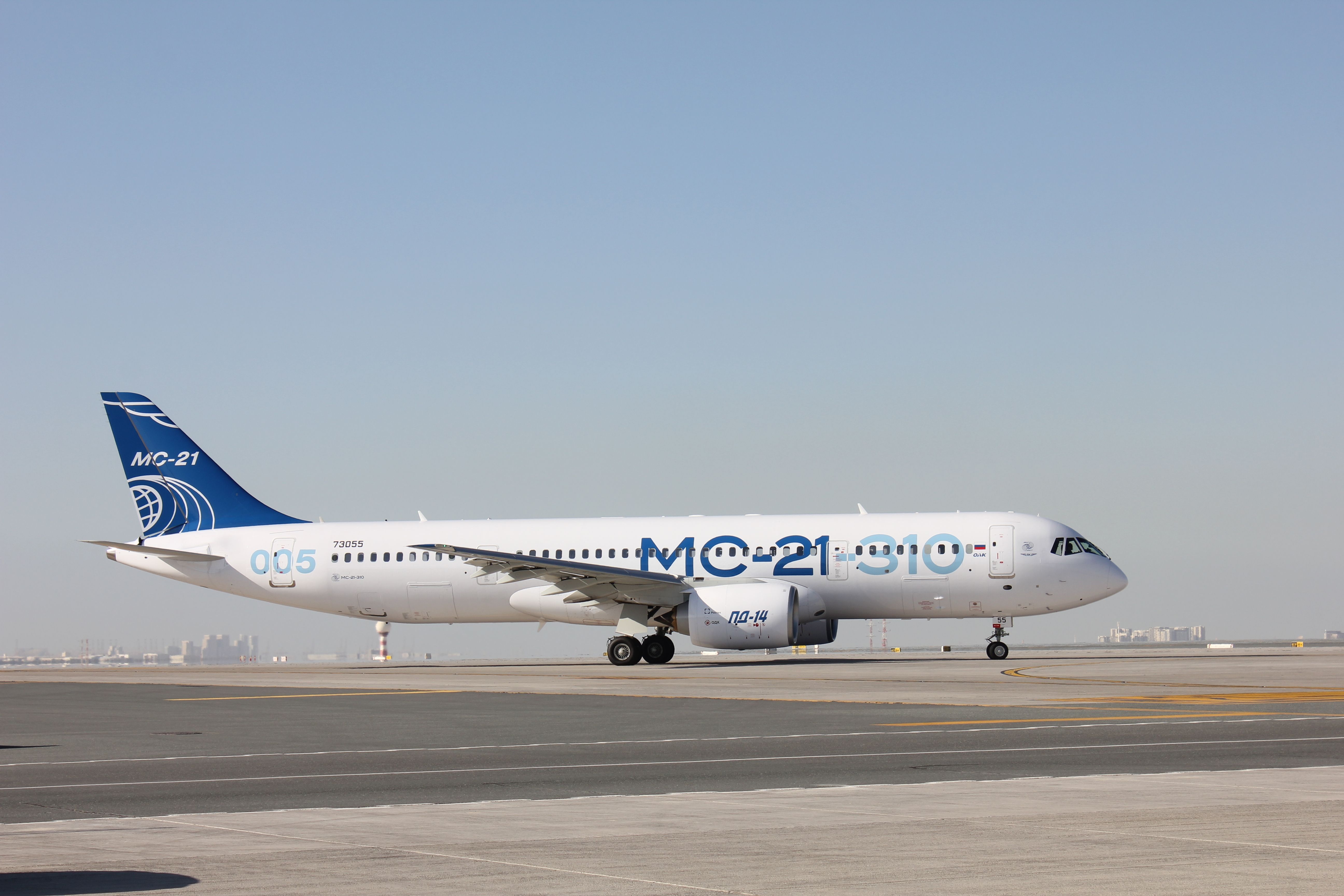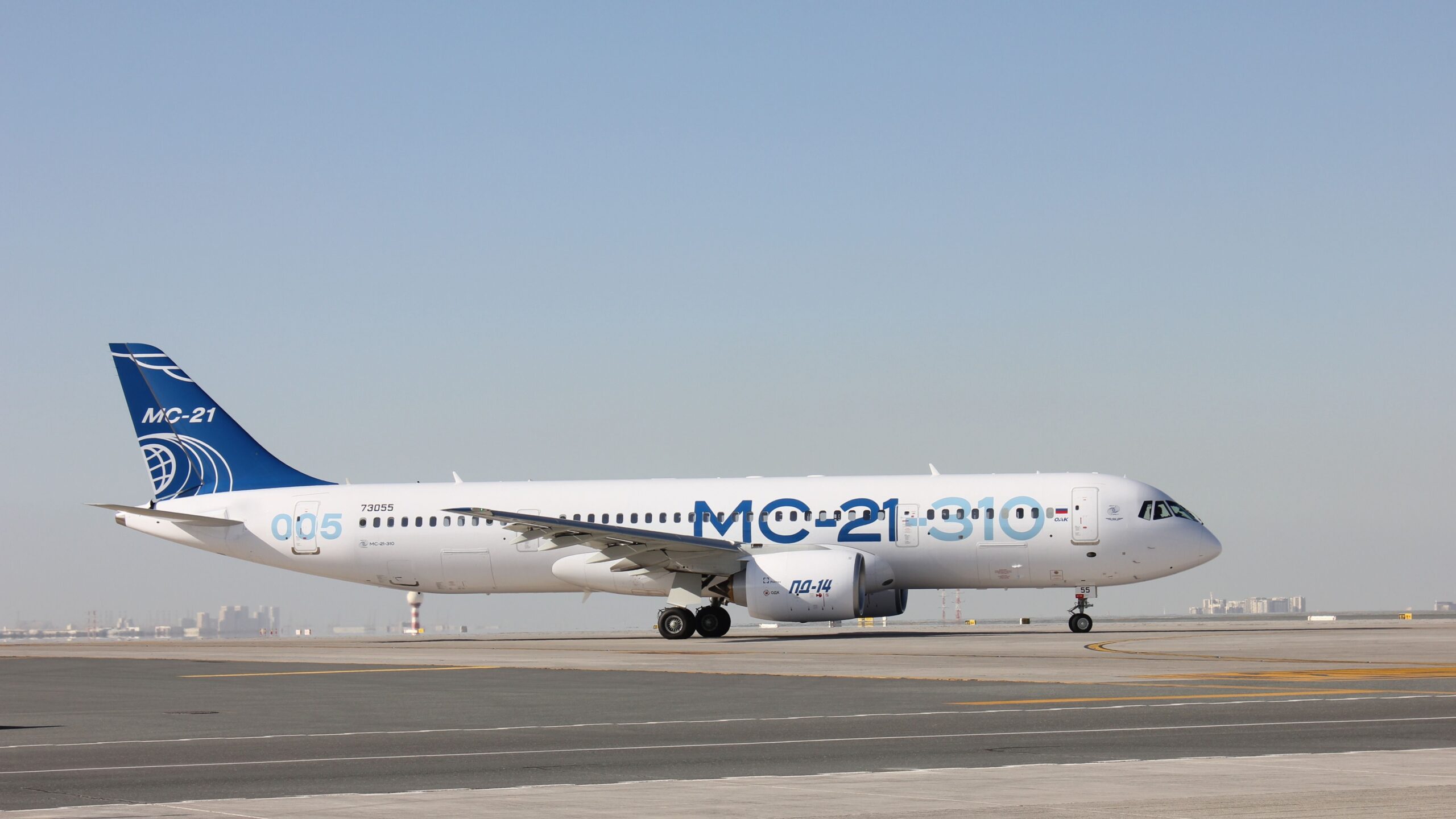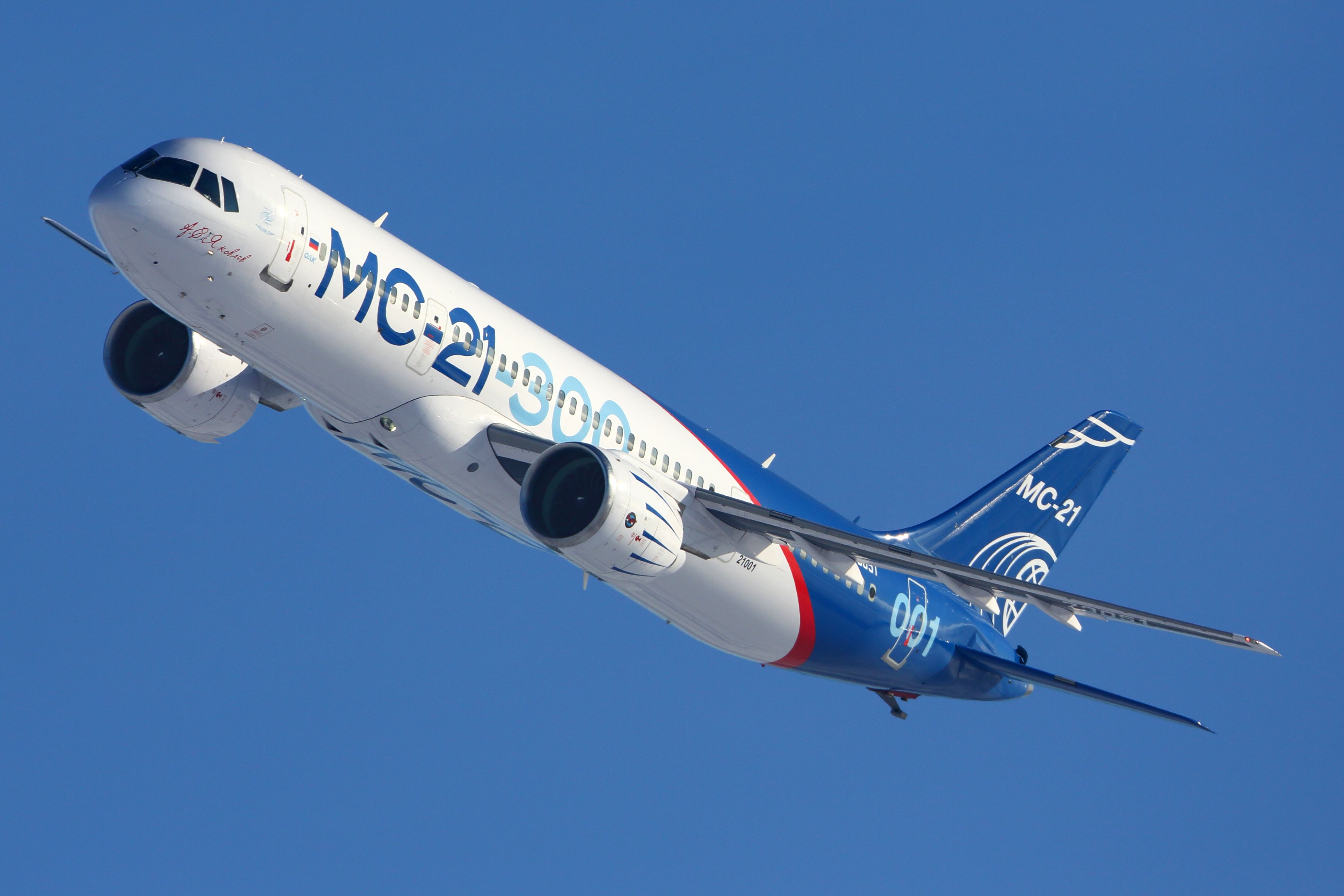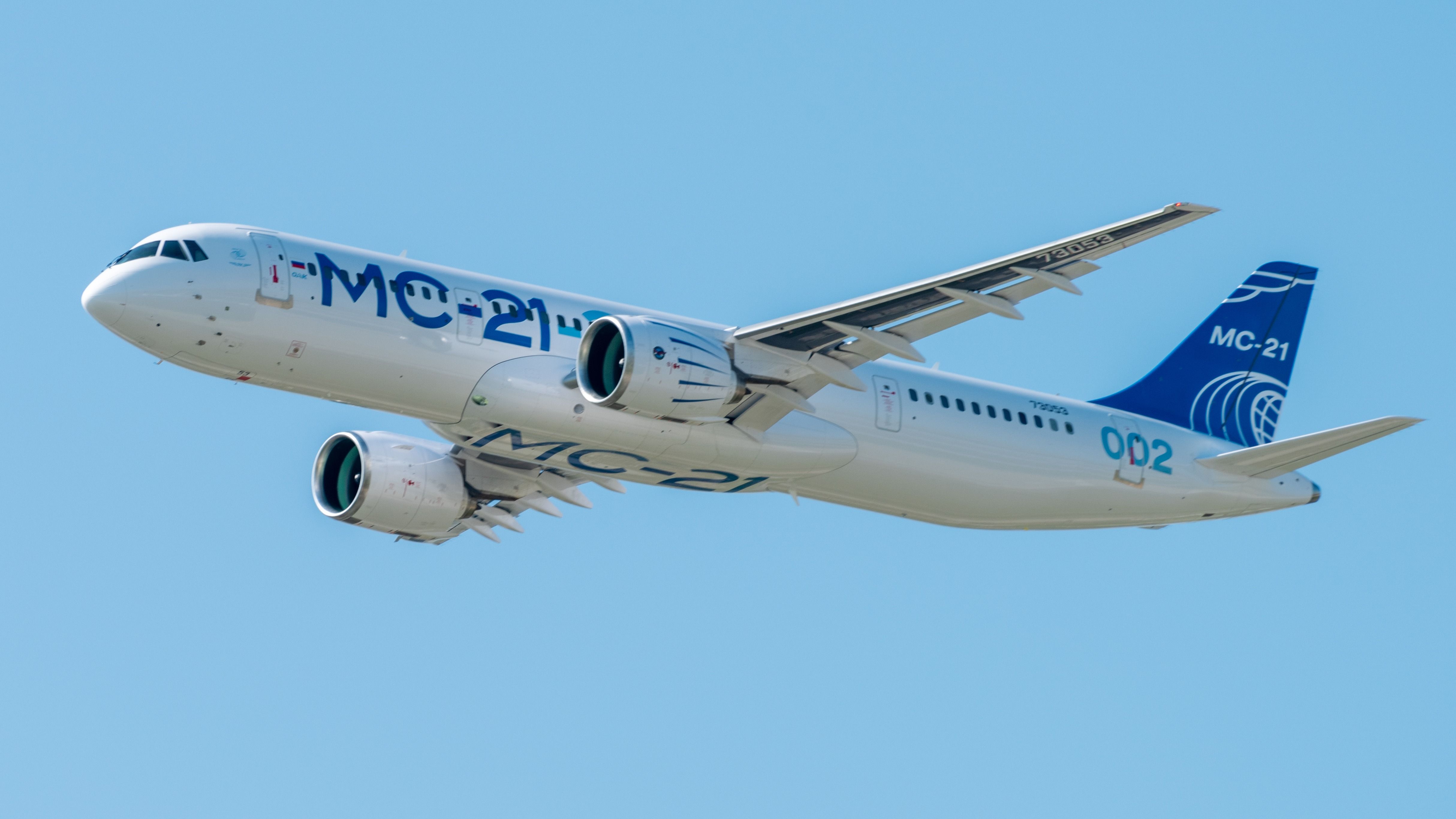Summary
- Russian domestic airliner production halted due to war and sanctions, affecting performance.
- Upcoming MC-21 to be 6 tons heavier, shorter range, lower capacity than planned.
- Rostec estimates MC-21 to enter production in 2025-26, EU certification withdrawn.
In an alternative reality, with a massive backlog of airliners and Boeing in crisis, now could have been a great time for Russia’s domestic airliners to capture some of Airbus and Boeing’s short-haul markets. But this is not another reality, and for over two years, Russia’s domestic airliner production has been at a complete standstill. It is now estimated that when Russia’s Yakovlev MC-21 finally enters service, it will be almost 6 tons heavier – with a shorter range and will have a lower capacity than planned.
War and Sanctions
The 2022 Full-Scale Russian Invasion of Ukraine has wreaked havoc on Russia’s domestic aviation industry. The West reacted by placing crippling sanctions on the Russian aviation industry. Domestic Russian airliners like the once-touted Sukhoi Superjet 100 and the MC-21 were designed extensively using Western components (such as the engines). Adding to the problem is that Russia is focusing its limited resources on the war effort.
Photo: Fasttailwind | Shutterstock
The Russian newspaper Kommersant reported that the production of all of Russia’s domestic airliners, including the SJ-100, the Tu-214, the Il-114, and the small Baikal, has been suspended or delayed.
MC-21 to have reduced performance
The Kommersant reported after the Russification of the MC-21-300, it will be almost 6 tons (5.75 tons) heavier (Russification, in this case, describes the process of finding substitute Russian-produced parts to replace the original Western parts). The MC-21-300 was originally planned to have Pratt & Whitney PW1000G engines, but it is now impossible to fit them to the aircraft. In all, around 40% to 50% of the MC-21 had been planned to have been composed of Western imported parts.
The Kommersant states that the extra weight has “significantly” reduced the flight range and altitude of the MC-21. Its range is expected to be reduced to less than 2,800 kilometers or 1,740 miles, with the Kommersant quoting some sources saying it will be reduced to less than 2,000 kilometers or 1,240 miles. The publication notes that by using Russian-substituted components, the original specifications of the MC-21 will be unattainable. The maximum payload of the MC-21 will also be reduced.

Related
MC-21 Delay: Russia’s Homegrown Boeing 737 MAX Competitor Now Expected In 2025/2026
The MC-21 has suffered another delay, with Rostec’s CEO not specifying which tests the aircraft still has to pass before its certification.
MC-21 expected in 2025-26
Commenting on the Russification of the MC-21, Kommersant reported state-run Rostec as saying “the final appearance of the completely import-substituted aircraft will be formed in the second half of this year.” It is unclear when (or even if) the MC-21 will enter serial production given the war and Russia’s focus on the military. However, Rostec stated it is expected to enter production in 2025 or 2026.
Photo: fifg | Shutterstock
It should also be noted that the EU has withdrawn certification for Russian aircraft like the Superjet, meaning they will not be permitted to fly into the European Union. Like the Superjet, the MC-21 had received hundreds of orders (although mostly domestic orders). Now it will likely be far less attractive to international buyers.



